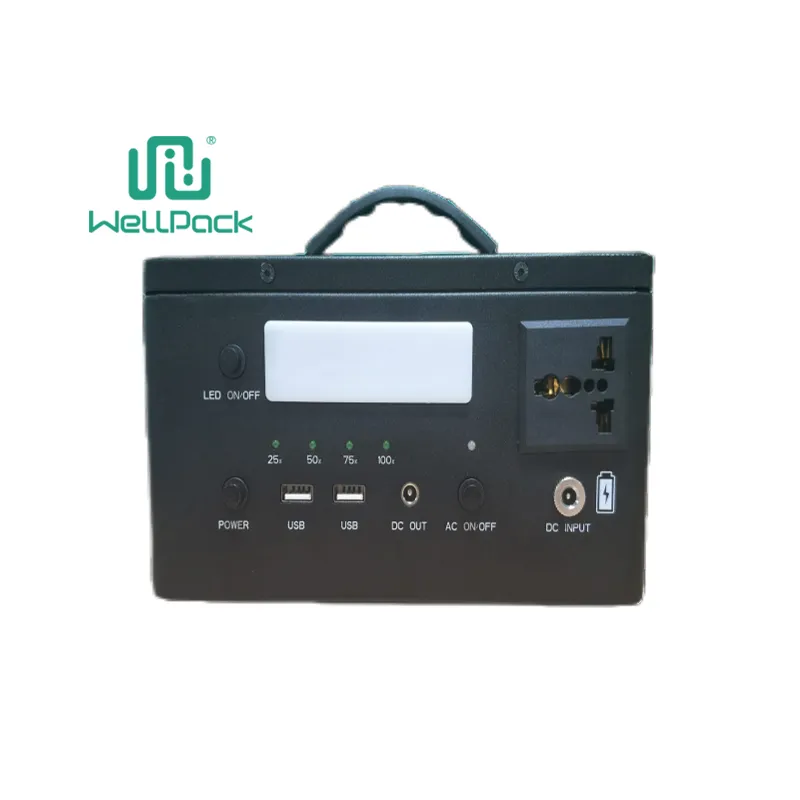
How to Charge a Leisure Battery
2025-10-20 17:06Contents
What Is a Leisure Battery?
A leisure battery, often used in caravans, boats, or RVs, is designed for deep-cycle applications. Unlike car batteries that deliver short bursts of power to start engines, these handle repeated discharges and recharges over time. They're typically lead-acid, AGM, or lithium-based, powering lights, appliances, and electronics during off-grid trips or at campsites.
If you're new to this, think of it as your mobile home's energy backbone. People often search for how to charge a leisure battery after a weekend getaway leaves it drained, wondering why it won't hold a charge like it used to.

Why Proper Charging Matters
Charging a leisure battery incorrectly can shorten its lifespan or even cause safety issues like overheating. Done right, it keeps your setup reliable for years, saving you from unexpected breakdowns mid-trip. For instance, overcharging leads to sulfation—crystal buildup on plates that reduces capacity—while undercharging causes premature wear.
In daily life, this means fewer frustrations when you're relying on it for weekend escapes or work-related mobile offices. Users frequently ask about leisure battery charging best practices because one bad cycle can mean replacing a pricey unit sooner than expected.
Tools and Equipment You'll Need
Start with a compatible charger: a smart one for lead-acid or AGM batteries, or a lithium-specific model. You'll also need safety gear like gloves and goggles, plus cables with clean, undamaged clamps. A multimeter helps monitor voltage—aim for 12.6V when full.
For beginners, a basic 10-20 amp charger works fine for most setups. If you're dealing with a flat battery after storage, consider a desulfator attachment to revive it. These tools ensure safe, efficient charging without guesswork.
Step-by-Step Guide to Charging
Follow these steps for a straightforward process that gets your battery back to peak performance.
First, park in a well-ventilated area away from flames—batteries can off-gas hydrogen. Disconnect any loads, like fridge plugs, to avoid sparks.
Next, inspect the battery: check electrolyte levels if it's flooded type, and clean terminals with a baking soda solution to remove corrosion. Secure connections firmly but not too tight.
Select the right mode on your charger—bulk, absorption, or float—and connect positive to positive, negative to negative. Start at low amps to prevent surges; let it run until the indicator shows full, usually 4-12 hours depending on depletion.
Monitor temperature; if it exceeds 125°F, pause and cool down. Once done, disconnect in reverse order and test voltage. This method addresses common queries like how to charge a leisure battery at home, making it simple even for first-timers.
Common Mistakes to Avoid
One big error is using a car battery charger on a leisure one—it pushes too much current, risking damage. Another is leaving it connected indefinitely, which overcharges and boils the electrolyte.
Forget to equalize periodically? That skips balancing cells, leading to uneven performance. And ignoring polarity—swapping leads—can fry internals instantly. Spot these pitfalls early, and you'll dodge costly repairs.
RVers often share stories of dead batteries from fast-charging without monitoring, so take it slow for longevity.
Troubleshooting Charging Issues
If your charger beeps or the battery won't take a charge, start by checking connections for looseness or corrosion. A reading below 10.5V suggests deep discharge—use a slow trickle to recover.
Warm battery? It might be sulfated; try a dedicated restorer. For lithium types, a BMS fault could trip—reset by full discharge first. If voltage climbs but drops fast post-charge, cells may be failing; test individually if possible.
These fixes cover most leisure battery not charging problems encountered on forums, helping you diagnose without calling in experts right away.
Maintenance Tips for Longevity
Store at 50% charge in cool, dry spots to minimize self-discharge. Check monthly during off-seasons, topping up as needed. For flooded batteries, top with distilled water only after charging.
Avoid full drains; recharge at 50% for best health. Use a battery monitor app for real-time insights—many integrate with solar setups too. Simple habits like these extend life from 3-5 years to 7+.
Boaters and campers swear by visual logs: note charge cycles to predict replacements, tying into searches for leisure battery maintenance tips.
When to Seek Professional Help
Swollen cases or leaking acid scream for immediate pro attention—don't risk it. If diagnostics show uneven cell voltages after troubleshooting, a shop with load testers can pinpoint issues.
For warranty claims or complex installs, like inverter tie-ins, experts ensure compliance. In work scenarios, like fleet vans, certified service prevents downtime costs.
Knowing limits keeps things safe; most users handle basics, but escalate for peace of mind.
